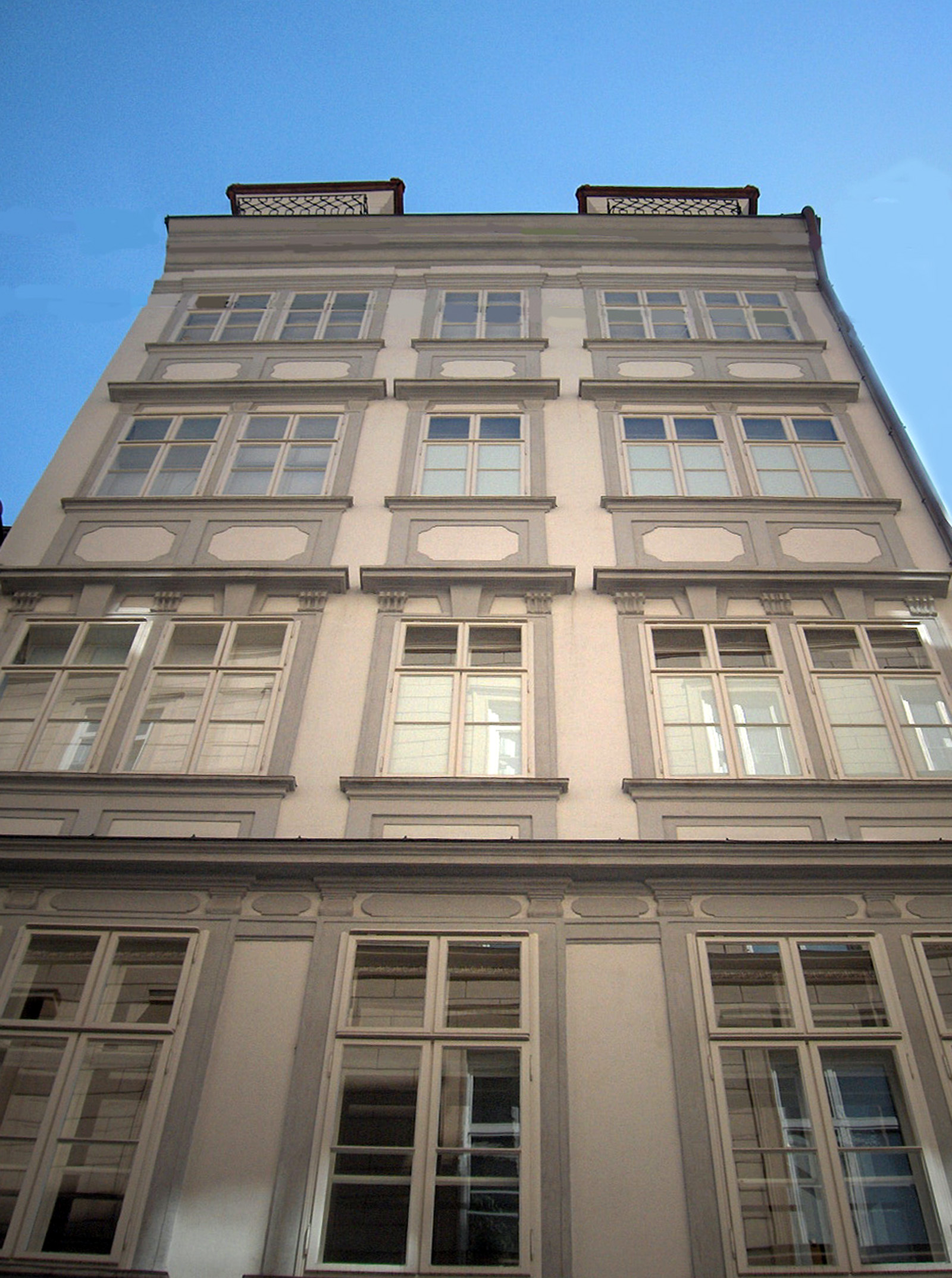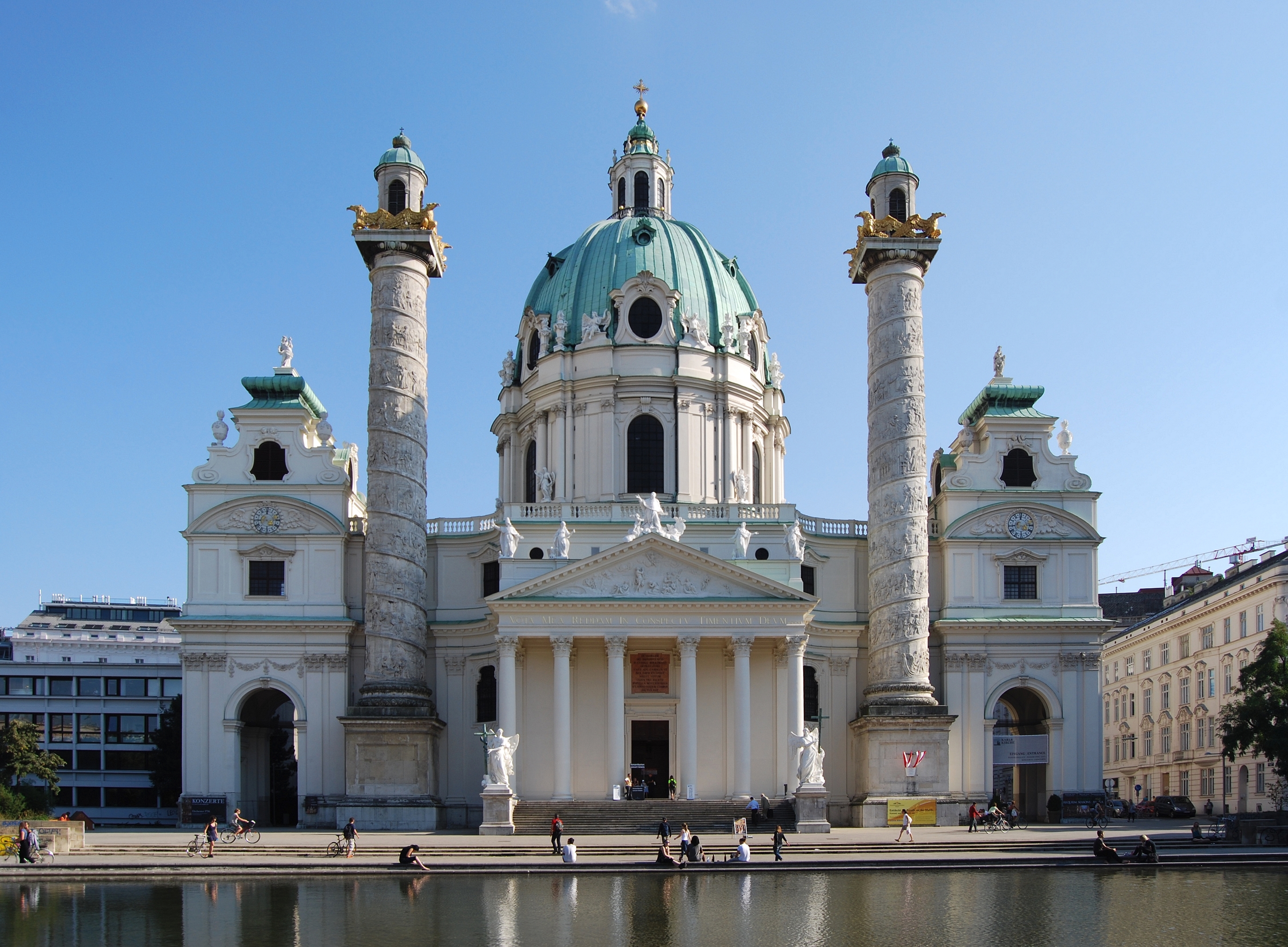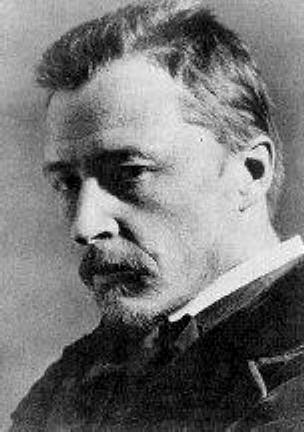|
Bösendorfer-Saal
Bösendorfer-Saal (Bösendorfer Hall) was a concert hall in Vienna, Austria, on Herrengasse in the Innere Stadt of the city. Connected with the Viennese piano manufacturer Bösendorfer, it was opened in 1872, and many famous musicians performed there. The building was demolished in 1913. Since 1983, concert venues elsewhere in Vienna have been named Bösendorfer-Saal. History The concert hall was created in the former riding stables of , the location of the sale-rooms of the company, and the home of Ludwig Bösendorfer (1835–1919), son of the founder Ignaz Bösendorfer and inheritor of the business. It was opened on 19 November 1872 by the pianist Hans von Bülow."Bösendorfer-Saal" ''Austria-Forum'', 25 March 2016. Retrieved 6 May 2022. [...More Info...] [...Related Items...] OR: [Wikipedia] [Google] [Baidu] |
Bösendorfer
Bösendorfer (L. Bösendorfer Klavierfabrik GmbH) is an Austrian piano manufacturer and, since 2008, a wholly owned subsidiary of Yamaha Corporation. Bösendorfer is unusual in that it produces 97- and 92-key models in addition to instruments with standard 88-key keyboards. History Bösendorfer, one of the oldest piano manufacturers, was established in 1828 by Ignaz Bösendorfer. It has a history of producing highly respected instruments. In 1830, it was granted the status of official piano maker to the Emperor of Austria. Ignaz's son Ludwig Bösendorfer (1835–1919) assumed control in 1859, operating from new premises from 1860. Between 1872 and its closure in 1913, the associated Bösendorfer-Saal was one of the premier concert halls of Vienna. In 1909, Carl Hutterstrasser purchased the company and was succeeded by his sons Alexander and Wolfgang in 1931. In 1966, the Jasper Corporation (later renamed Kimball International), parent company of Kimball Pianos, assume ... [...More Info...] [...Related Items...] OR: [Wikipedia] [Google] [Baidu] |
Ludwig Bösendorfer
Ludwig Bösendorfer (10 April 1835 – 9 May 1919) was an Austrian piano manufacturer, son of Ignaz Bösendorfer and inheritor of his father's company Bösendorfer. He modernized the construction of the company's pianos, and made the company well known beyond Austria. Life Bösendorfer was born in Vienna in 1835. He attended the Vienna Polytechnic Institute, and then worked in his father's company, taking it over in 1859. In 1860 the company moved to a new factory in Türkenstraße in Alsergrund, Vienna."Bösendorfer, Familie" ''Oesterreiches Musiklexikon Online''. Retrieved 12 September 2022.History ''Bösendorfer''. Retrieved 12 September 2022. He moved away from the cu ... [...More Info...] [...Related Items...] OR: [Wikipedia] [Google] [Baidu] |
Herrengasse
The Herrengasse (meaning in German language: "Street of the Lords" or "Lords Lane") is a street in Vienna, located in the first district Innere Stadt. History The street existed during Roman times as part of the limes highway system. The first written mention of the street dates to 1216. The section of the street between the Freyung and Lobkowitzplatz squares was known during the Middle Ages as ''Hochstraße'' (High Street). After Vienna began to establish itself as the imperial capital, the nobility (known in German as ''Herren'' or Lords) increasingly migrated to the city to be close to the Hofburg Imperial Palace, the residence of the Habsburg rulers. After the Estates of Lower Austria built their assembly house at the Palais Niederösterreich in 1513, the street was renamed ''Herrengasse''. Palaces The typical layout of a noble palace (''Palais'') was the entrance facing the street, sometimes set a little way back, with lush gardens located in the back away from public vie ... [...More Info...] [...Related Items...] OR: [Wikipedia] [Google] [Baidu] |
Anton Rubinstein
Anton Grigoryevich Rubinstein ( rus, Антон Григорьевич Рубинштейн, r=Anton Grigor'evič Rubinštejn; ) was a Russian pianist, composer and conductor who became a pivotal figure in Russian culture when he founded the Saint Petersburg Conservatory. He was the elder brother of Nikolai Rubinstein, who founded the Moscow Conservatory. As a pianist, Rubinstein ranks among the great 19th-century keyboard virtuosos. He became most famous for his series of historical recitals—seven enormous, consecutive concerts covering the history of piano music. Rubinstein played this series throughout Russia and Eastern Europe and in the United States when he toured there. Although best remembered as a pianist and educator (most notably in the latter as the composition teacher of Tchaikovsky), Rubinstein was also a prolific composer throughout much of his life. He wrote 20 operas, the best known of which is '' The Demon''. He composed many other works, including five pian ... [...More Info...] [...Related Items...] OR: [Wikipedia] [Google] [Baidu] |
Concert Halls In Austria
A concert is a live music performance in front of an audience. The performance may be by a single musician, sometimes then called a recital, or by a musical ensemble, such as an orchestra, choir, or musical band, band. Concerts are held in a wide variety and size of settings, from private houses and small nightclubs, dedicated concert halls, amphitheatres and parks, to large multipurpose buildings, such as arenas and stadiums. Indoor concerts held in the largest music venue, venues are sometimes called ''arena concerts'' or ''amphitheatre concerts''. Informal names for a concert include ''show'' and ''gig''. Regardless of the venue, musicians usually perform on a stage (theatre), stage (if not actual then an area of the floor designated as such). Concerts often require live event support with professional audio equipment. Before recorded music, concerts provided the main opportunity to hear musicians play. For large concerts or concert tours, the challenging logistics of arrang ... [...More Info...] [...Related Items...] OR: [Wikipedia] [Google] [Baidu] |
1910s Disestablishments In Austria
Year 191 ( CXCI) was a common year starting on Friday (link will display the full calendar) of the Julian calendar. At the time, it was known as the Year of the Consulship of Apronianus and Bradua (or, less frequently, year 944 ''Ab urbe condita''). The denomination 191 for this year has been used since the early medieval period, when the Anno Domini calendar era became the prevalent method in Europe for naming years. Events By place Parthia * King Vologases IV of Parthia dies after a 44-year reign, and is succeeded by his son Vologases V. China * A coalition of Chinese warlords from the east of Hangu Pass launches a punitive campaign against the warlord Dong Zhuo, who seized control of the central government in 189, and held the figurehead Emperor Xian hostage. After suffering some defeats against the coalition forces, Dong Zhuo forcefully relocates the imperial capital from Luoyang to Chang'an. Before leaving, Dong Zhuo orders his troops to loot the tombs of the Ha ... [...More Info...] [...Related Items...] OR: [Wikipedia] [Google] [Baidu] |
1872 Establishments In Austria
Year 187 ( CLXXXVII) was a common year starting on Sunday (link will display the full calendar) of the Julian calendar. At the time, it was known as the Year of the Consulship of Quintius and Aelianus (or, less frequently, year 940 ''Ab urbe condita''). The denomination 187 for this year has been used since the early medieval period, when the Anno Domini calendar era became the prevalent method in Europe for naming years. Events By place Roman Empire * Septimius Severus marries Julia Domna (age 17), a Syrian princess, at Lugdunum (modern-day Lyon). She is the youngest daughter of high-priest Julius Bassianus – a descendant of the Royal House of Emesa. Her elder sister is Julia Maesa. * Clodius Albinus defeats the Chatti, a highly organized German tribe that controlled the area that includes the Black Forest. By topic Religion * Olympianus succeeds Pertinax as bishop of Byzantium (until 198). Births * Cao Pi, Chinese emperor of the Cao Wei state (d. 226) * ... [...More Info...] [...Related Items...] OR: [Wikipedia] [Google] [Baidu] |
Buildings And Structures In Innere Stadt
A building, or edifice, is an enclosed structure with a roof and walls standing more or less permanently in one place, such as a house or factory (although there's also portable buildings). Buildings come in a variety of sizes, shapes, and functions, and have been adapted throughout history for a wide number of factors, from building materials available, to weather conditions, land prices, ground conditions, specific uses, prestige, and aesthetic reasons. To better understand the term ''building'' compare the list of nonbuilding structures. Buildings serve several societal needs – primarily as shelter from weather, security, living space, privacy, to store belongings, and to comfortably live and work. A building as a shelter represents a physical division of the human habitat (a place of comfort and safety) and the ''outside'' (a place that at times may be harsh and harmful). Ever since the first cave paintings, buildings have also become objects or canvasses of much artistic ... [...More Info...] [...Related Items...] OR: [Wikipedia] [Google] [Baidu] |
Mozarthaus Vienna
The Mozarthaus Vienna was Mozart's residence from 1784 to 1787. This building in Vienna's Old Town, not far from St. Stephen's Cathedral, is his only surviving Viennese residence and is now a museum. History The house is located on Domgasse. It was built in the 17th century, originally with two floors, and redeveloped in 1716. Mozart rented rooms here from 1784, at which time it was also known as the Camesina House, after the family which had owned it since 1720. Since the original entrance of the house facing the Schulerstraße (the one Mozart used) was walled up to make room for a shop, the house has to be entered today from its rear in the Domgasse. In 1941, the 150th anniversary of Mozart's death, his former rooms were opened to the public as part of "Imperial German Mozart Week", a National Socialist event intended to honour him as a "typically German" composer (in contrast to his polyglot lifestyle). In 1945 the running of the exhibition was taken over by the Vienna Museum. ... [...More Info...] [...Related Items...] OR: [Wikipedia] [Google] [Baidu] |
Wieden
Wieden (; Central Bavarian: ''Wiedn'') is the 4th municipal district of Vienna, Austria (german: 4. Bezirk). It is near the centre of Vienna and was established as a district in 1850, but its borders were changed later. Wieden is a small region near the city centre. Wien.gv.at webpage (see below: References). After World War II, Wieden was part of the Soviet sector of Vienna for 10 years. __TOC__ History The name Wieden was first recorded in 1137, and is thus the oldest '' Vorstadt'' (former municipality within the ''Linienwall'') of Vienna. The main street ( Wiedner Hauptstraße) is certainly even older. The district was the site of the former royal Summer residence, which was completed under Ferdinand II, and was expanded many times until Maria Theresa sold it to the Jesuits. Today it is the Theresianum, a prestigious private boarding school, while the Diplomatic Academy of Vienna resides in a wing of the building. In the beginning of the 18th century, the development o ... [...More Info...] [...Related Items...] OR: [Wikipedia] [Google] [Baidu] |
Hugo Wolf
Hugo Philipp Jacob Wolf (13 March 1860 – 22 February 1903) was an Austrian composer of Slovene origin, particularly noted for his art songs, or Lieder. He brought to this form a concentrated expressive intensity which was unique in late Romantic music, somewhat related to that of the Second Viennese School in concision but diverging greatly in technique. Though he had several bursts of extraordinary productivity, particularly in 1888 and 1889, depression frequently interrupted his creative periods, and his last composition was written in 1898, before he suffered a mental collapse caused by syphilis. Early life (1860–1887) Hugo Wolf was born in Windischgrätz in the Duchy of Styria (now Slovenj Gradec, Slovenia), then a part of the Austrian Empire. Herbert von Karajan was related to him on his maternal side. He spent most of his life in Vienna, becoming a representative of a "New German" trend in Lieder, a trend which followed from the expressive, chromatic and d ... [...More Info...] [...Related Items...] OR: [Wikipedia] [Google] [Baidu] |
Pablo Sarasate
Pablo Martín Melitón de Sarasate y Navascués (; 10 March 1844 – 20 September 1908), commonly known as Pablo de Sarasate, was a Spanish (Navarrese) violin virtuoso, composer and conductor of the Romantic period. His best known works include ''Zigeunerweisen'' (''Gypsy Airs''), the ''Spanish Dances'', and the '' Carmen Fantasy''. Biography Sarasate was born in Pamplona, Navarre in 1844, the son of Don Miguel Sarasate, a local artillery bandmaster. Apparently, after seeing his father struggle with a passage for a long time, he picked up the violin and played it perfectly. He began studying the violin with his father at the age of five and later took lessons from a local teacher. His musical talent became evident early on and he appeared in his first public concert in A Coruña at the age of eight. His performance was well-received, and caught the attention of a wealthy patron who provided the funding for Sarasate to study under Manuel Rodríguez Saez in Madrid, where he gain ... [...More Info...] [...Related Items...] OR: [Wikipedia] [Google] [Baidu] |

.jpg)






